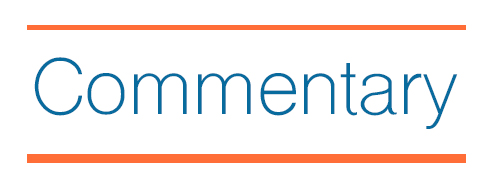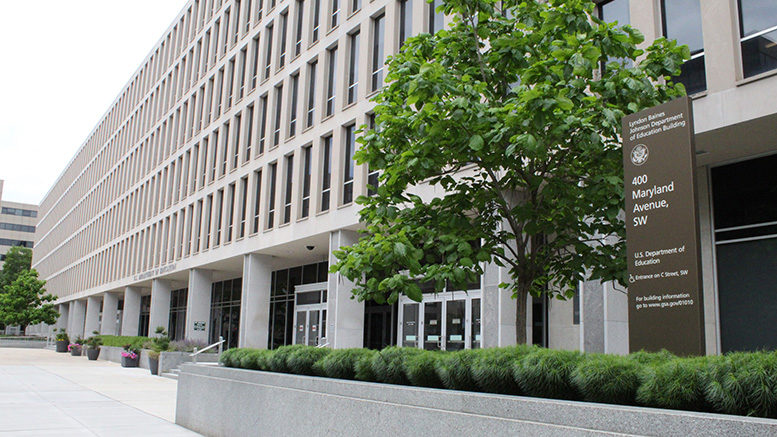The U.S. Education Department (ED) on Thursday released $3.2 billion in remaining Higher Education Emergency Relief Funds (HEERF) to support students at historic and under-resourced institutions.

The new funding comes overwhelmingly through Titles III and V of the Higher Education Act (HEA), including the Strengthening Institutions, Hispanic-Serving Institutions, Predominantly Black Institutions, Asian and Pacific Islander-Serving Institutions programs and others.
Eligible institutions that have already received program funds under the pandemic relief legislation will automatically receive additional allocations. Colleges that are program-eligible but which have not submitted initial applications under HEERF will need to do so in order to qualify.
Targeted funding
As part of the $225 million in CARES and CRRSAA funding, ED will award 110 institutions more than $113 million in additional grants through the Supplemental Assistance to Institutions of Higher Education (SAIHE). Funds will go to institutions with a high percentage of low-income students, largely community colleges, that experienced a large decline in their fall 2020 enrollment. This policy was established by ED at the regulatory level, and community colleges are thankful for it.
Additionally, provided under the CARES Act through the Institutional Resilience and Expanded Postsecondary Opportunity (IREPO) Grant (IREPO) grant program, the department will award 62 institutions or consortiums with the greatest unmet needs related to the pandemic more than $112 million. These resources will enable institutions to resume or enhance in-person and online operations, implement Covid mitigation strategies and provide student support services, such as mental health counseling and affordable course materials. Of the 62 institutions, more than half are community colleges, Historically Black Colleges and Universities or Minority-Serving Institutions, or are rural or serve rural students.
Formula grants
Outside of the funds described above, community colleges have received substantial funding through the basic formula grants that have allocated funds to colleges based on their enrollments and Pell Grant recipients. Most of the last tranche of funds were provided to colleges in mid-May; institutions have one year to spend those funds, with a one-year, no-cost extension likely available.
The American Association of Community Colleges (AACC) has worked closely with ED in its guidance in this area. ED officials have also indicated that they intend to soon issue a “roll-up” guidance document that will consolidate previous communications in order to facilitate implementation.
AACC plans to submit comments next month to the department on its proposed modifications to the annual reporting of HEERF expenditures. The proposed changes are extensive and, as advanced, may be extremely problematic to implement. ED officials have indicated their willingness to consider stakeholder perspectives.





